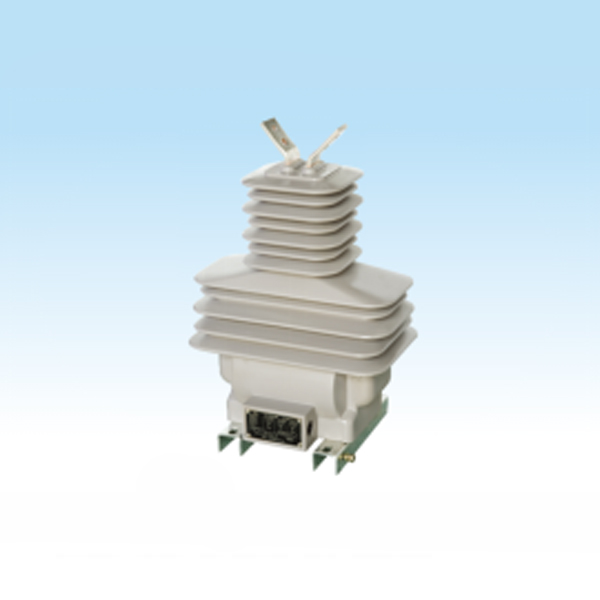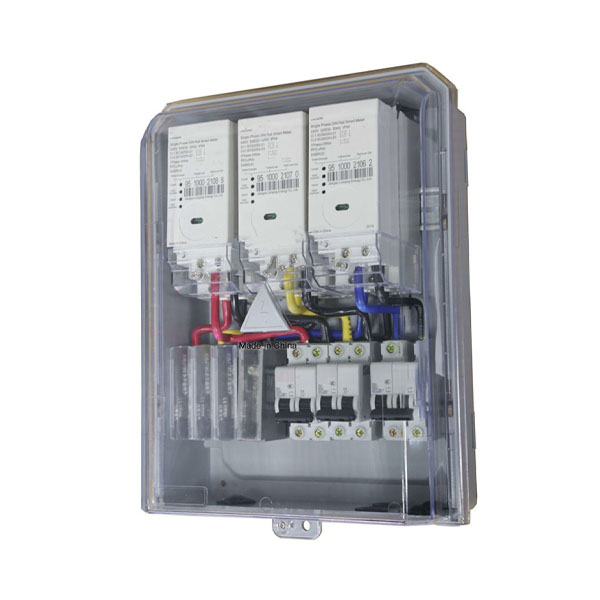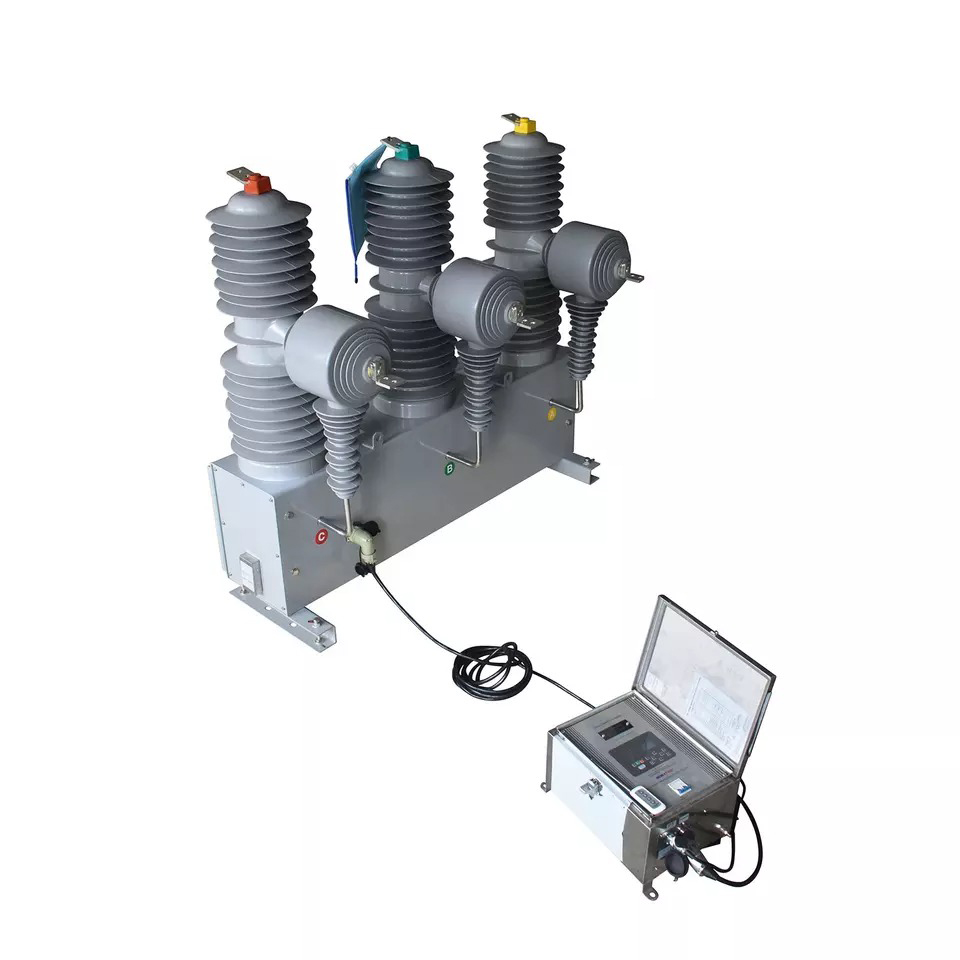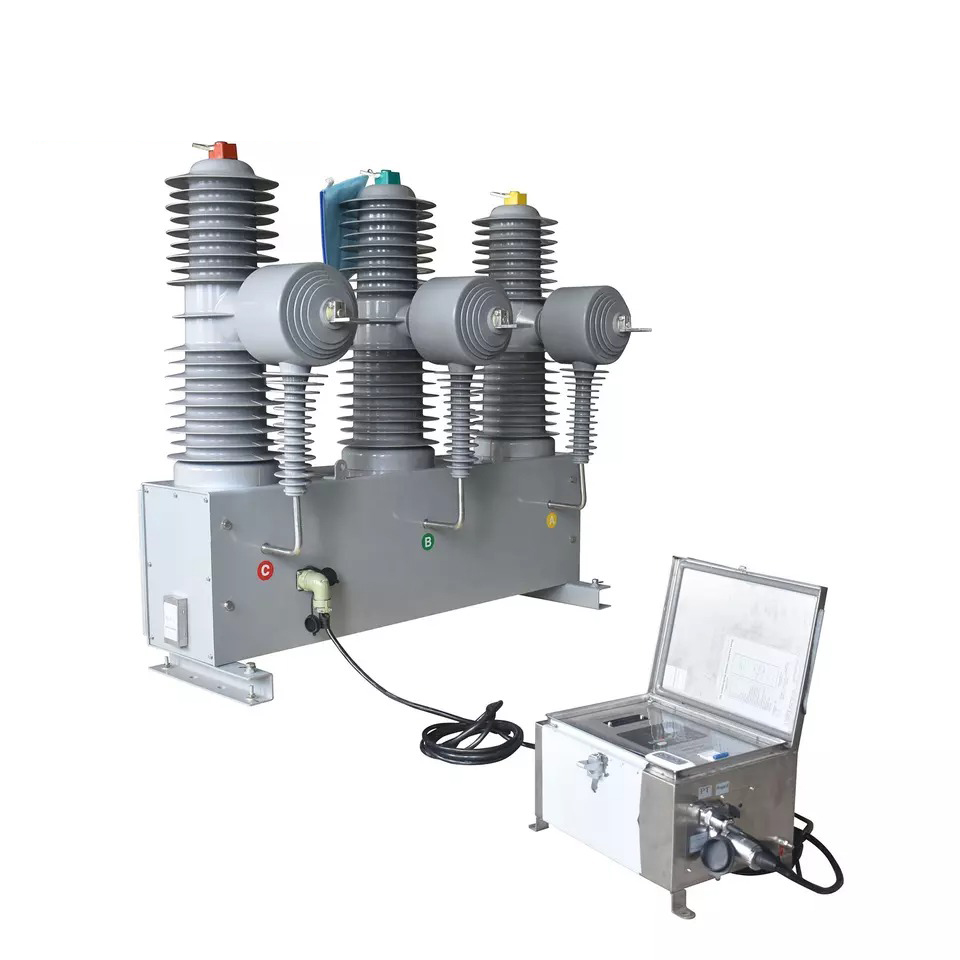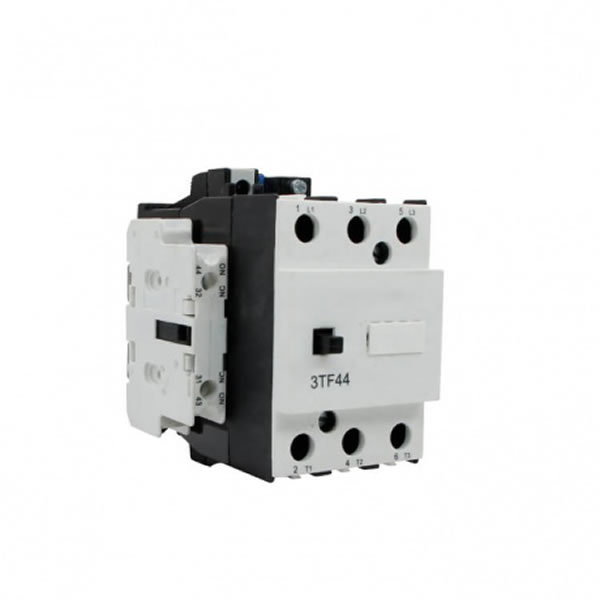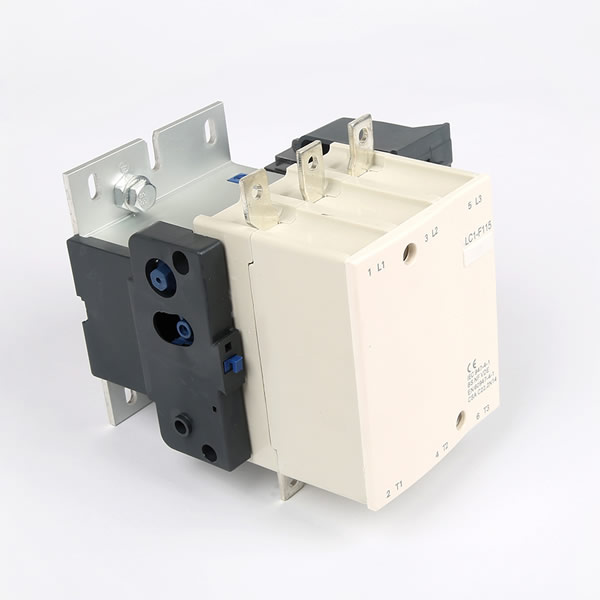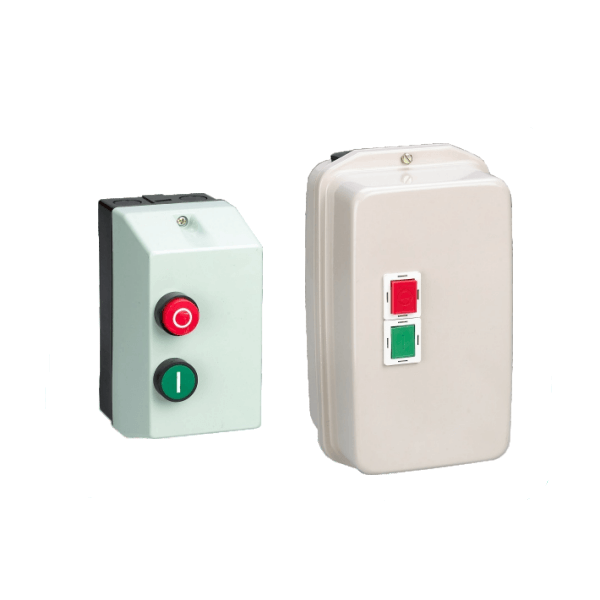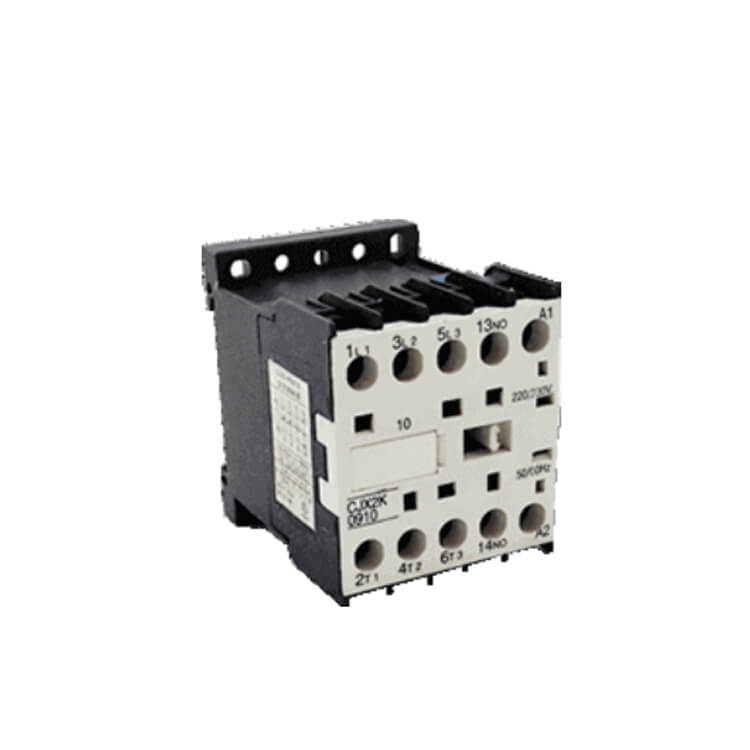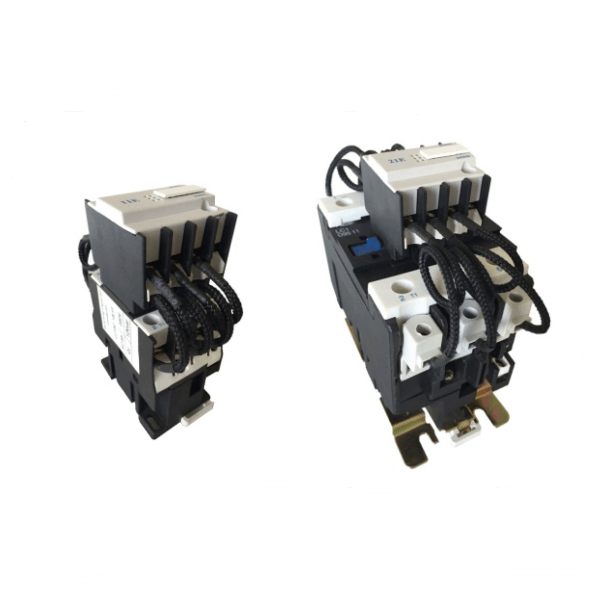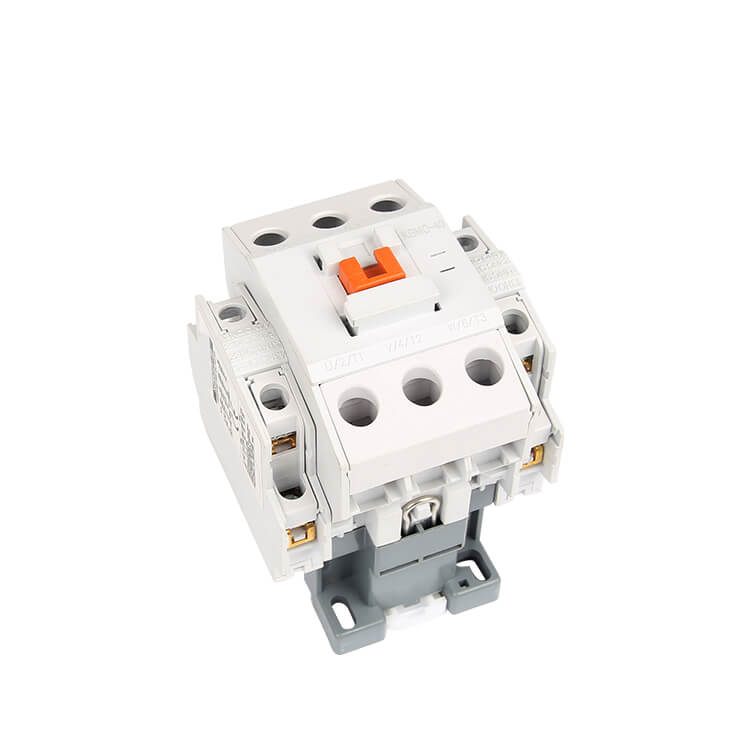How to select the superior and subordinate of the circuit breaker in the distribution box? What rules do you have?
The circuit breakers in the distribution box are divided into (upper level) main power circuit breakers and multiple (lower level) circuit breakers. The main power circuit breakers control all circuit breakers, and each circuit breaker controls all equipment.
The circuit breaker is a line protection appliance widely used at present. The selective protection of the upper and lower levels can be achieved through the assistance of the protection characteristic curve of the circuit breaker and the short delay adjustment in the article description of GB50054-20111.6.2 of the Code. The same measure 5.4 of 2009 also has a more detailed description
However, I have seen many designers' superiors achieve selective protection by being one or two levels higher than their subordinates. Is there any basis for this method? I did it this way, but I always felt it was unreasonable. I want to know how everyone did it.
Circuit breaker design and selective action of upper and lower levels of protective apparatus:
One of the problems that the protection electrical designer should consider when selecting the circuit breaker. In order to avoid skip tripping, designers need to be very careful when selecting the design of circuit breakers.
IEC60,898 stipulates that the actions of upper and lower level protective electrical equipment used for distribution lines shall be selective: coordination and cooperation shall be carried out between all levels. However, non selective cut-off can be adopted for non important load protective appliances.
From the technical documents of selective protection of circuit breakers, designers should focus on the following points.
1) For the selective coordination between the superior and subordinate, it is more accurate to use the characteristic curves of the superior and subordinate circuit breakers. As long as the characteristic curves of the superior and subordinate circuit breakers do not intersect, the characteristic data of the circuit breakers can be selected using the reliability coefficients of the superior and subordinate.
The superior selective circuit breaker (generally used for trunk line) must be set according to the following requirements: Izd2 (upper) ≥ 1.2Izd3 (lower) or Izd2 (upper) ≥ 1.2Izd2 (lower) with short delay release, Izd3 should not be too small. Izd3=(12~15)Izd1。
2) The superior should not select non selective circuit breaker. Because there is no selectivity in this situation. In particular, there should be selective action at the head end.
3) For non type selected circuit breakers, they are generally used for secondary and tertiary distribution outgoing circuits. A more reliable method of type selection is to use the protection type selection coordination table of some manufacturers or the characteristic curve of the upper and lower circuit breakers to achieve the type selection, but this also has many limitations. Only a few joint venture manufacturers provide the type selection coordination table of circuit breakers. Except for the type selected circuit breakers, most manufacturers do not provide the type selection coordination data of circuit breakers, Judging from the current technology and process level of circuit breaker development, the type selection and coordination protection of non type selection circuit breakers cannot be fully realized.
4) Priority shall be given to the selective protection of the main incoming circuit breaker of the transformer and the selective protection of the outgoing circuit breaker of the switchboard. The main incoming circuit breaker and the protective appliances appearing in each feedback are set on the low-voltage distribution screen, with a distance of less than several meters. The probability of short circuit and ground fault is very small within this range. If the instantaneous current of the main incoming circuit breaker is calculated to be less than the short-circuit current of the lower level switch, the main protection will not be set with the instantaneous release
Ensure that the long (short) delay setting current of the circuit breaker is 1.2 times greater than the long (short) delay setting current of the lower level circuit breaker, and the short delay setting current is 1.2 times greater than the instantaneous setting current of the lower level circuit breaker.
